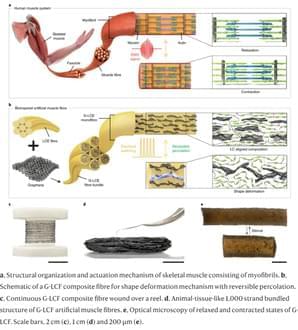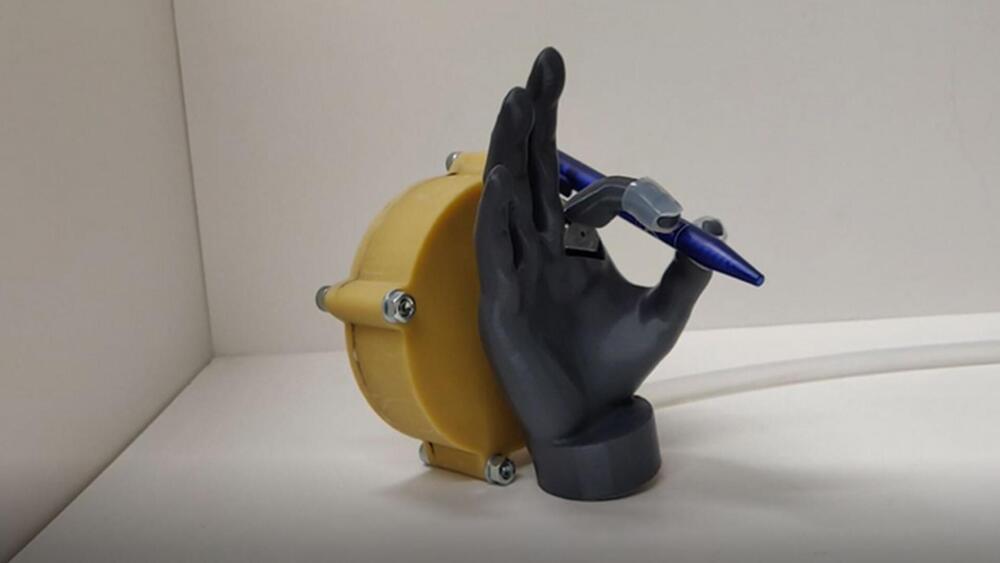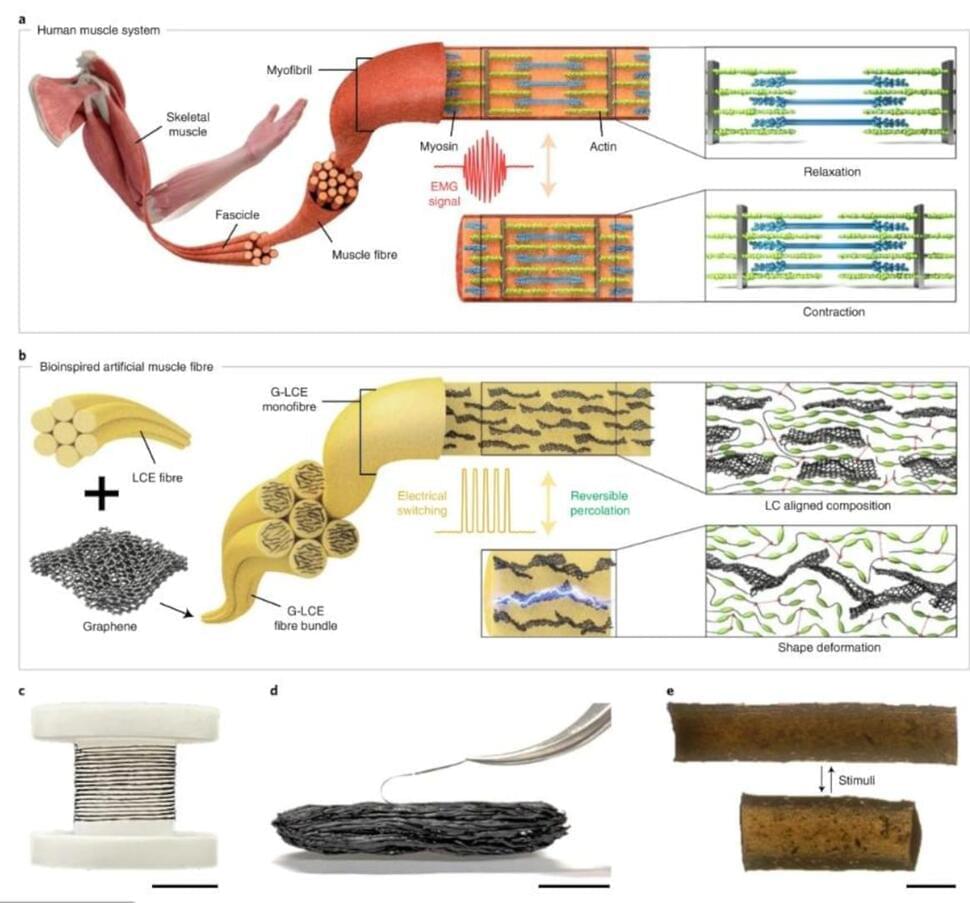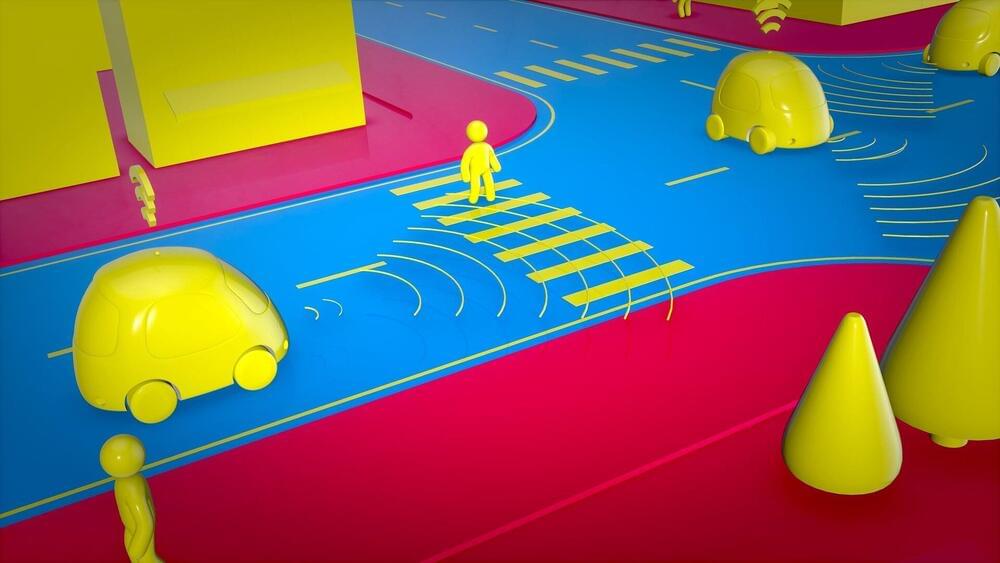A team of researchers at the Korean Advanced Institute of Science (KAIST) has succeeded in developing a new artificial muscle using graphene-liquid crystal composite fibers.
The team, led by Professor Kim Sang-ouk of the Department of Materials Science and Engineering, stressed that the artificial muscle was found to be the most similar to human muscle among those reported to the scientific community so far.
Also, the artificial muscle showed up to 17 times stronger strength when compared to human muscles.



